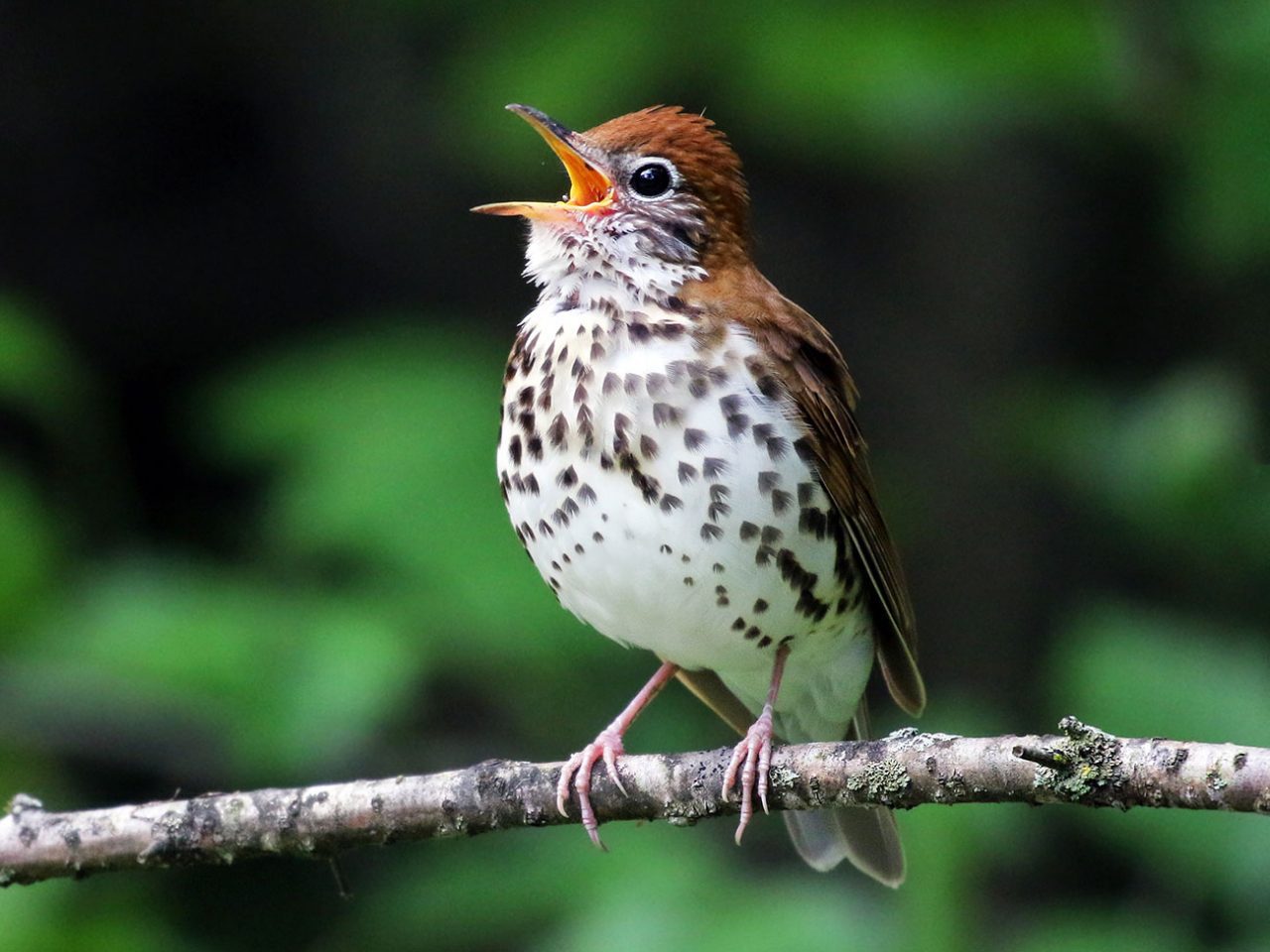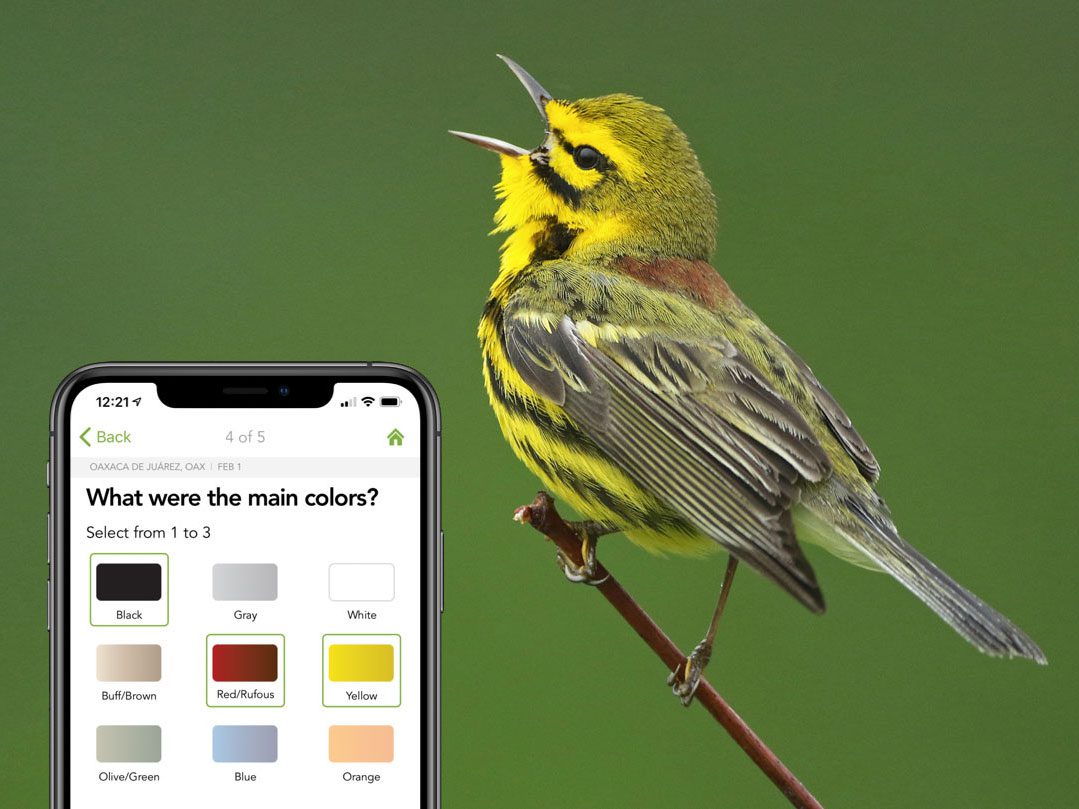Breakthroughs in Radar Science Reveal 4 Billion Birds On The Move
Fall migration will bring 4 billion birds into the skies over the United States. That’s not a guess—it’s hard data, gleaned from the first-ever national bird count using weather radar.
Cornell Lab of Ornithology scientists analyzed data from 143 weather radar stations from 2013 to 2017 to provide the first large-scale counts of migratory bird activity across the United States. By comparing the number of birds moving back and forth each autumn and spring, researchers also determined the average annual return rate: 76% for birds crossing the southern U.S. border, including Neotropical migrants such as warblers, tanagers, and orioles.
Your support of the Cornell Lab helps advance a whole new era of big-data ornithology as scientists use novel ways to combine radar technology and computational power to illuminate the scale of bird migration across the continents.
More Stories
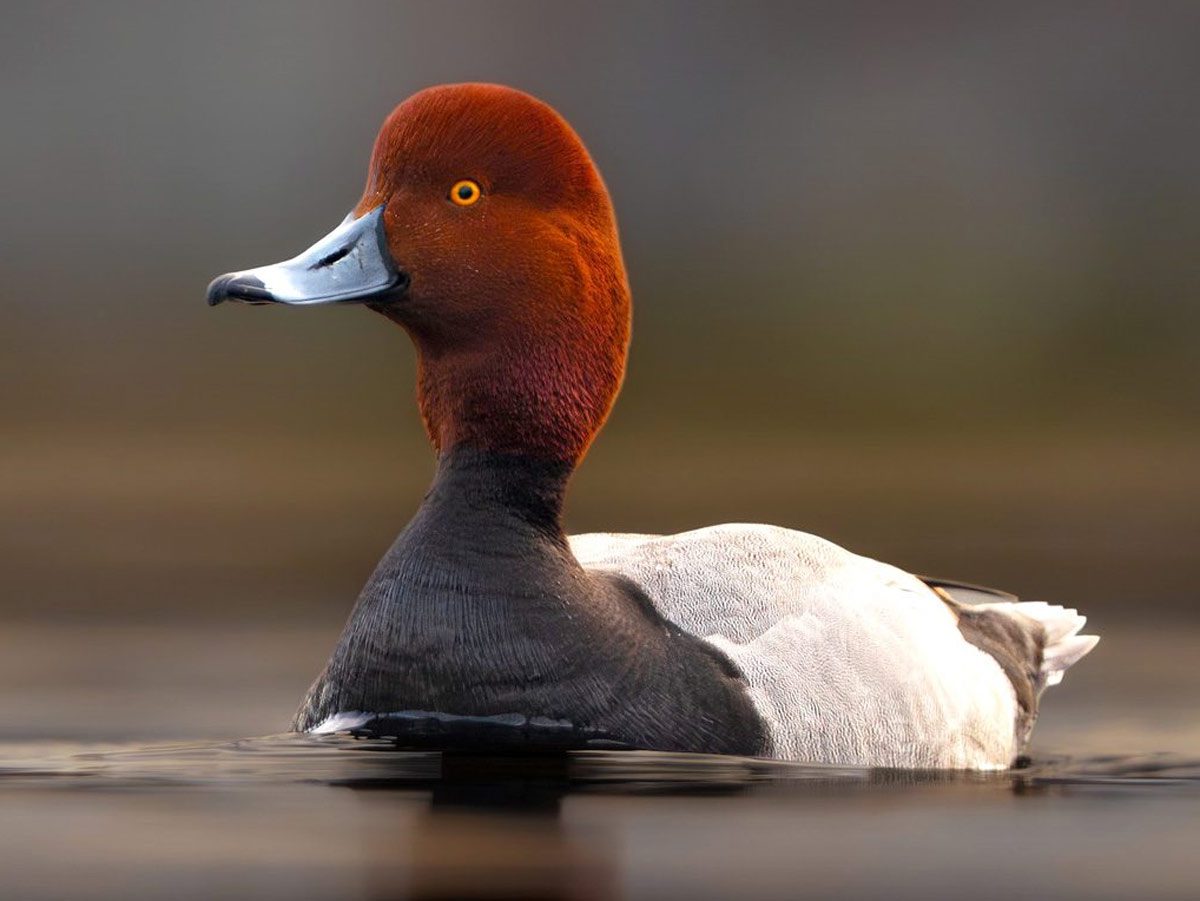 Conservation SciencePowering a New Era of Conservation
Conservation SciencePowering a New Era of Conservation EducationAny Person, Any Study, Any Vision
EducationAny Person, Any Study, Any Vision K–12 EducationInspiration and Activation
K–12 EducationInspiration and Activation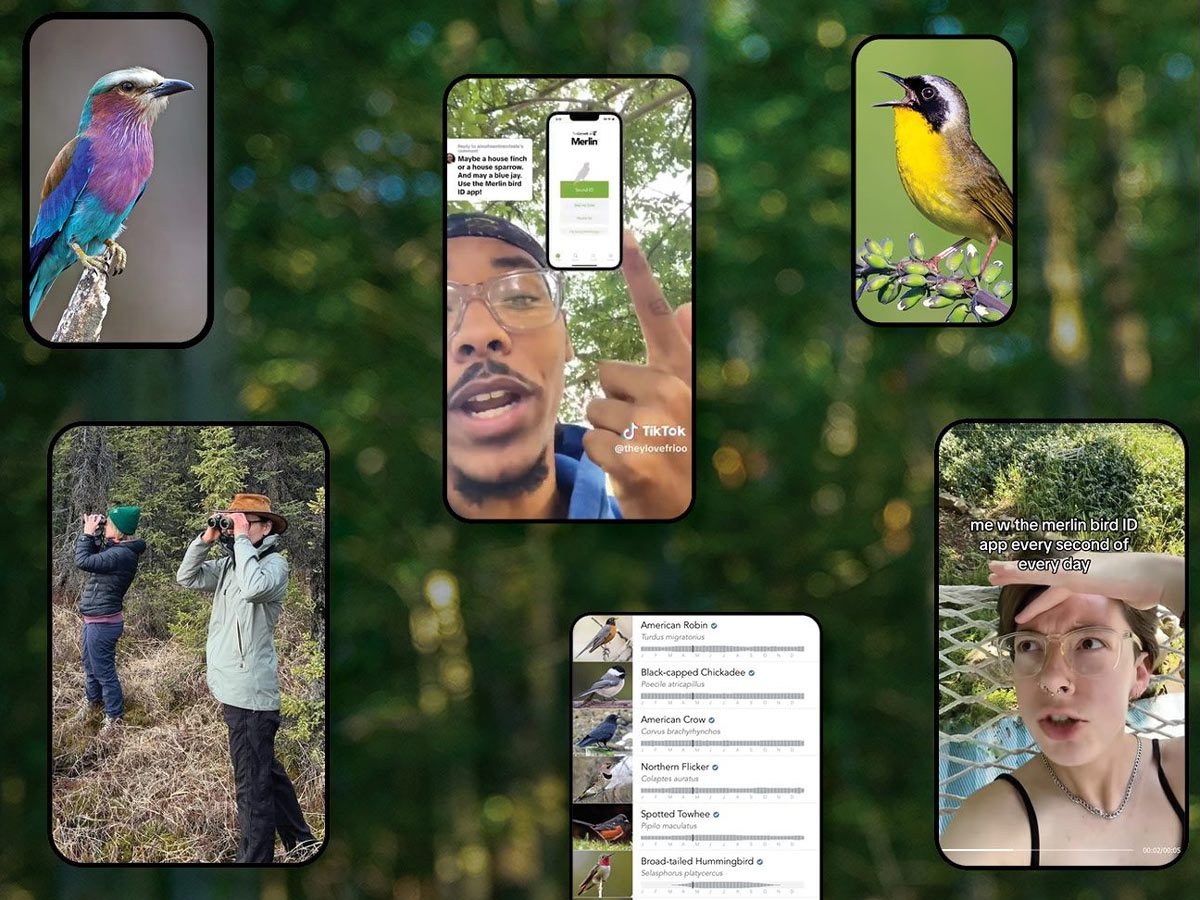 MerlinThe Magic of Merlin
MerlinThe Magic of Merlin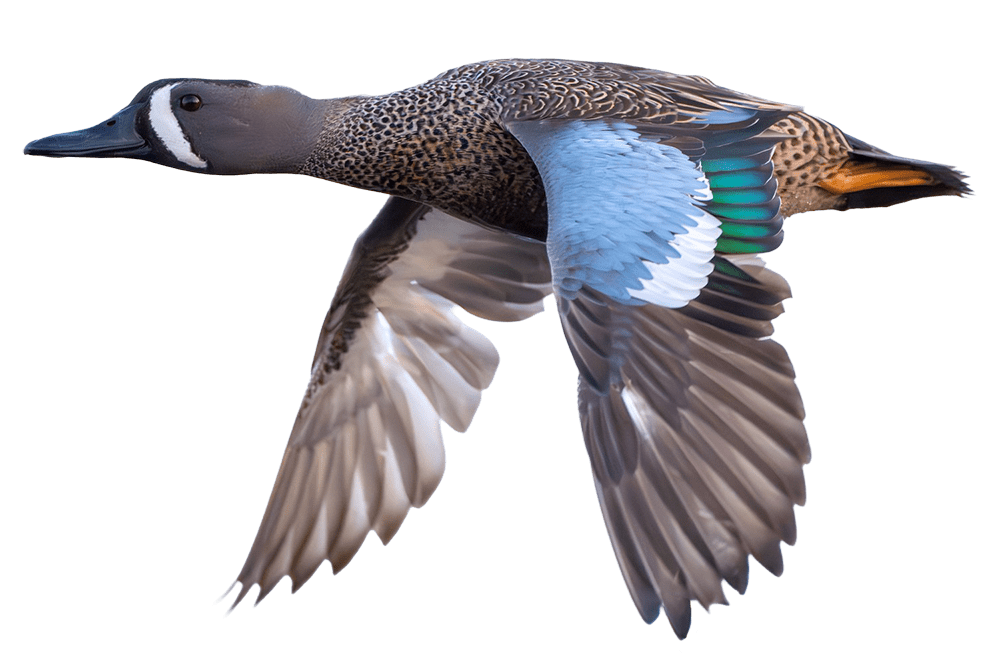 Bird AcademyA Conversation with Our Director
Bird AcademyA Conversation with Our Director Coastal SolutionsRevitalizing the Pacific Flyway
Coastal SolutionsRevitalizing the Pacific Flyway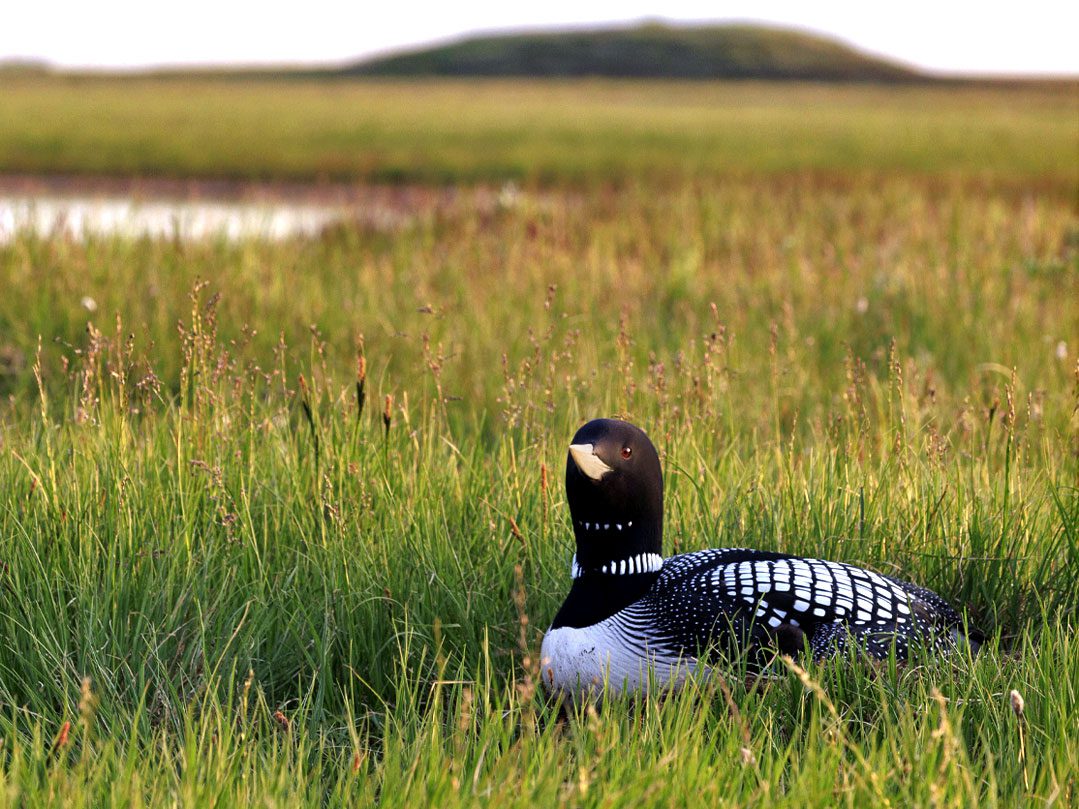 Conservation MediaAmerica’s Imperiled Arctic Wilderness
Conservation MediaAmerica’s Imperiled Arctic Wilderness Conservation in ActionIf This Reef Could Talk
Conservation in ActionIf This Reef Could Talk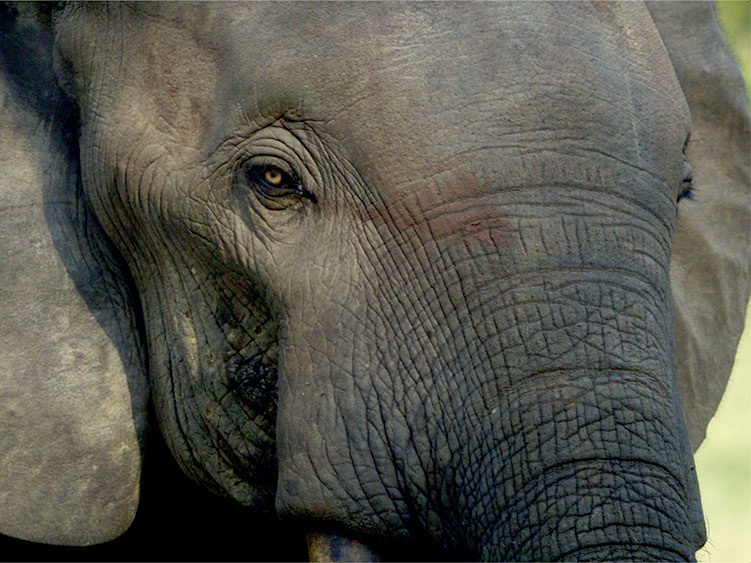 Conservation in ActionHow We Use Sound to Help Protect Elephants from Poaching
Conservation in ActionHow We Use Sound to Help Protect Elephants from Poaching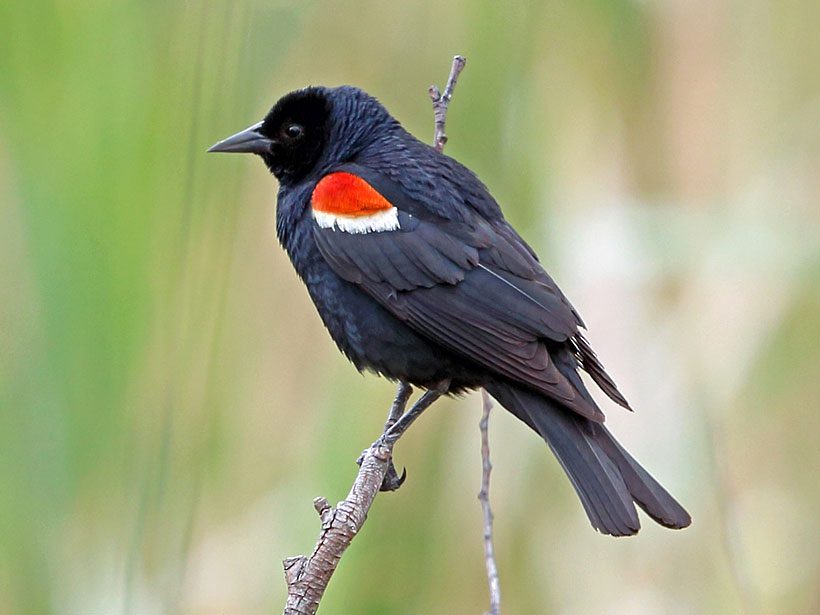 Conservation in ActionCalifornia Protects Tricolored Blackbird After eBird Data Help Show 34% Decline
Conservation in ActionCalifornia Protects Tricolored Blackbird After eBird Data Help Show 34% Decline
Join Our Email List
The Cornell Lab will send you updates about birds, birding, and opportunities to help bird conservation. Sign up for email and don’t miss a thing!
Golden-cheeked Warbler by Bryan Calk/Macaulay Library

